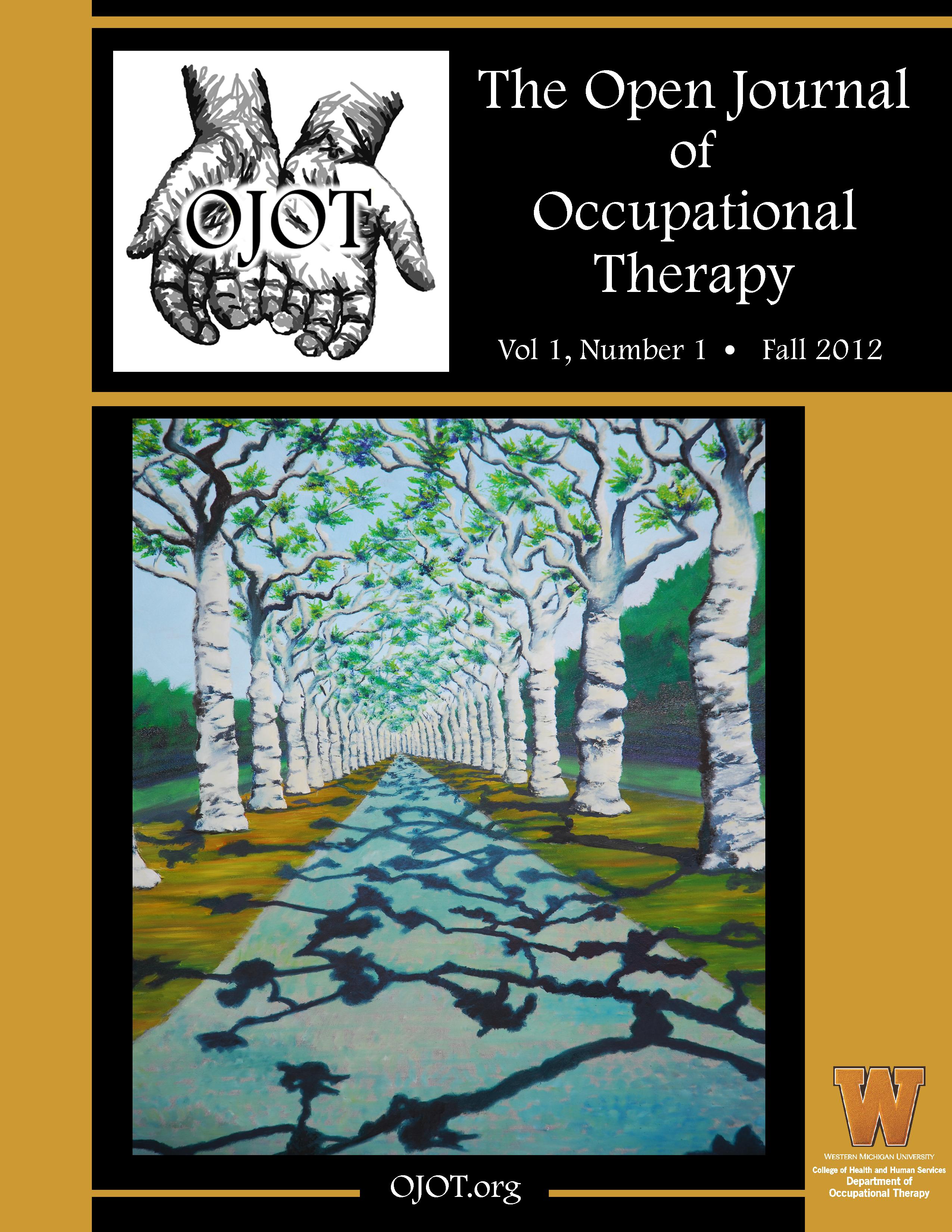ScholarWorks > HHS > OT > OJOT > Vol. 4 > Iss. 1 (2016)
Credentials Display
Tore Bonsaksen, MSc, Associate Professor of Occupational TherapyHildegunn Kvarsnes, Research Assistant and Occupational Therapy Student
Abstract
Background: The Model of Human Occupation describes roles as providing the person with a framework around which to organize daily occupations. Role performance and role valuation in young adults may be related to gender, but there are few research studies to date to support this view.
Methods: This study is a cross-sectional design using a sample of 87 occupational therapy students in Norway. We used the Role Checklist to assess the students’ performance and valuation of roles, and a variety of statistical procedures were employed in the analysis.
Results: Compared to the female participants, males performed roles in the community, social, and civic life area of participation more frequently. Otherwise, male and female participants were largely equal in current role performance. For most roles, we found associations between role performance and high valuation of the respective roles.
Discussion: Gender appears to be a factor of relevance for our understanding of role performance. This study suggests that occupational therapists should consider the societal as well as the personal aspects of roles. In addition, occupational therapy interventions could aim toward improving congruence between the roles clients perform and the value these roles have for them
Recommended Citation
Bonsaksen, T., & Kvarsnes, H. (2016). Role Performance and Role Valuation Among Occupational Therapy Students in Norway. The Open Journal of Occupational Therapy, 4(1). https://doi.org/10.15453/2168-6408.1180


